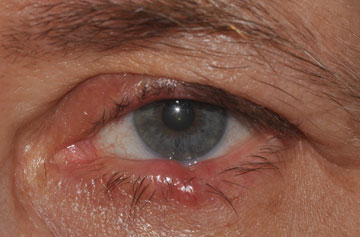Skin Lesions
What you should know about Skin Lesions
Most skin lesions (lumps and bumps) are benign (not cancer). However, skin cancer should be detected and removed as early as possible. Any new bump, changing spot or non-healing ulcer on the skin should be looked at rapidly. Early detection and treatment can get rid of most skin cancers without leaving a trace.
Skin cancer in the eyelids can be particularly devastating because it can affect one’s vision. After removal, proper reconstruction of the eyelid is necessary.
The most common cause of skin cancer is excessive sun exposure. A fair skin person is more likely to develop skin cancer than a darker skin person. The predisposition to have skin cancer can be hereditary.
The skin is composed of 3 layers: the epidermis, the dermis and the hypodermis. The epidermis, the external layer, is made of 3 types of cells: squamous cells, basal cells and melanocytes that make pigment. All of these cells can produce cancer. The dermis, a deeper layer of the skin, contains the hair follicles, blood vessels, the oil glands and the sweat glands. Cancer can also develop out of these glands.
Types of eyelid cancer
Basal cell carcinoma (BCC): Is the most common type of skin cancer and almost always due to excessive sun exposure. BCC looks like a bump or a crater that doesn’t hurt but doesn’t heal either. The eyelid skin can be ulcerated, it can bleed or crust. Basal cell carcinoma extends directly into surrounding tissues without spreading through the blood. Early removal and proper reconstruction can preserve the function of the eyelids and the eye.
Squamous cell carcinoma (SCC): This cancer usually looks like scales (squamous means scales) or an ulcer that deforms the eyelid. Early detection and removal is very important as this type of skin cancer can spread (metastasis).
Melanoma: Is the least common but the most dangerous type of skin cancer due to early metastasis. Melanoma arises from the pigmented cells of the skin. It looks like a mole that changes rapidly in color, size or shape.
Sebaceous gland carcinoma: This is the only eyelid cancer that is not related to sun exposure. It comes from the oil glands of the eyelid giving the appearance of an inflamed eyelid with loss of eyelashes.
Treatment
Early biopsy is very important. Depending on the type of skin cancer the lesion is removed with small or large margins of security. Complete removal of the skin cancer is necessary to reduce the chance of recurrence. Reconstruction of the affected area is done to preserve the eyelid function, protect the eye and provide a satisfactory cosmetic appearance.
-
Practical information:
Length of surgery: 30-90 min
Anesthesia: local or light sedation
Hospitalization: ambulatory (day surgery)
Downtime: 1 week
Before & After
Before
After
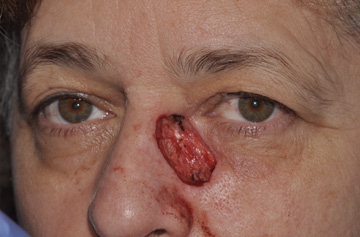
Before
After
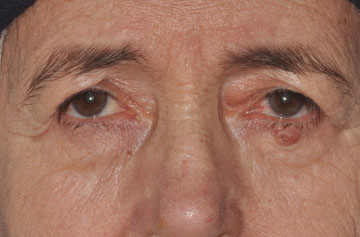
Before
After
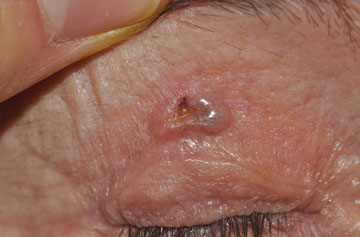
Before
After
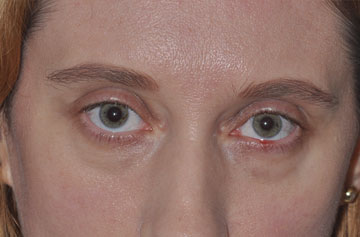
Before
After
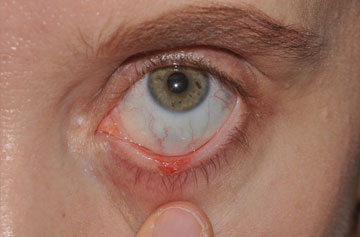
Before
After
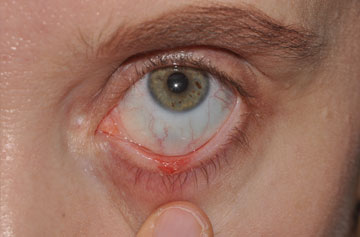
Before
After
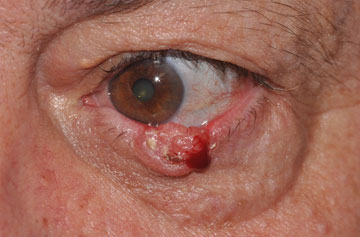
Before
After
